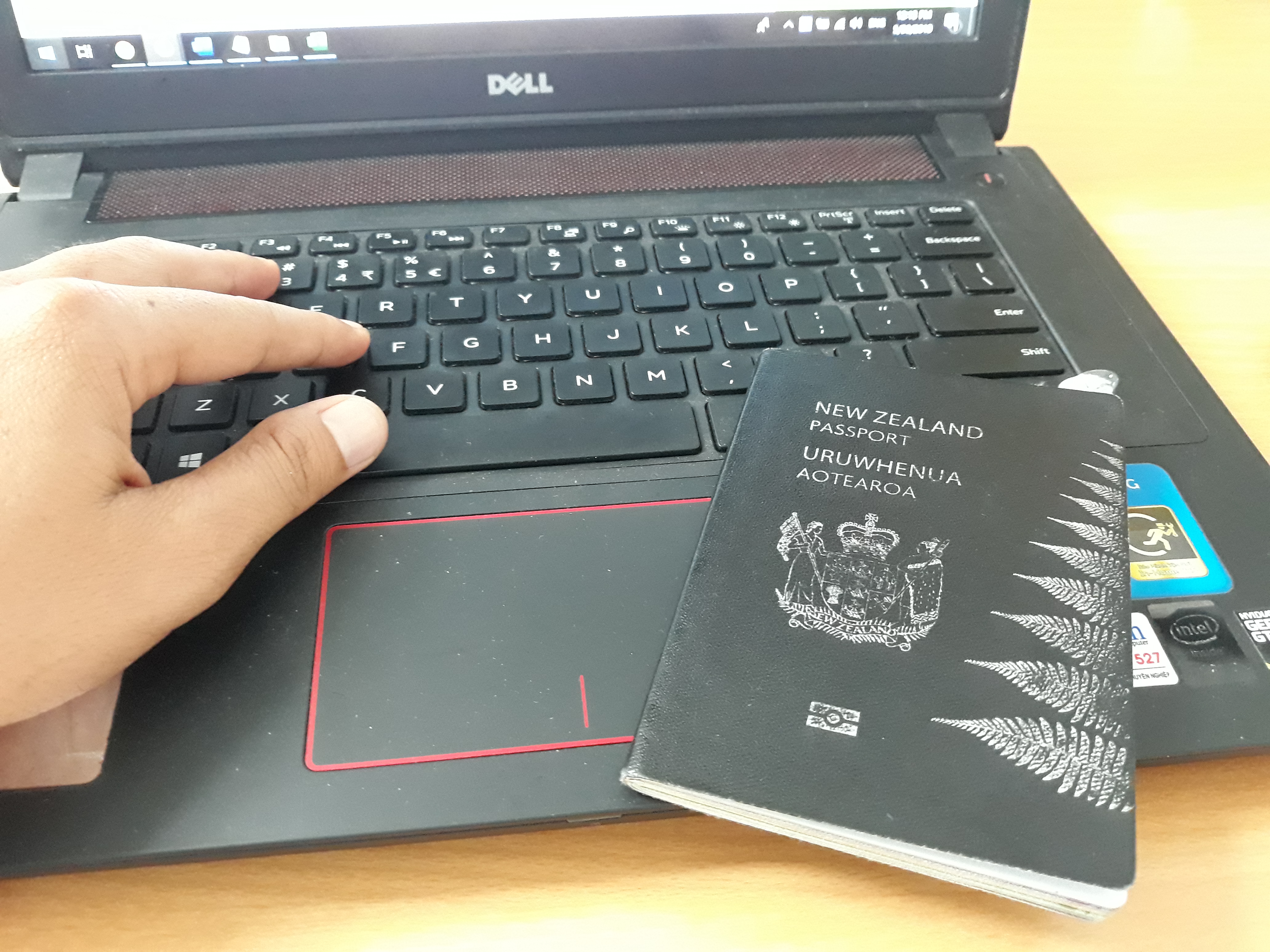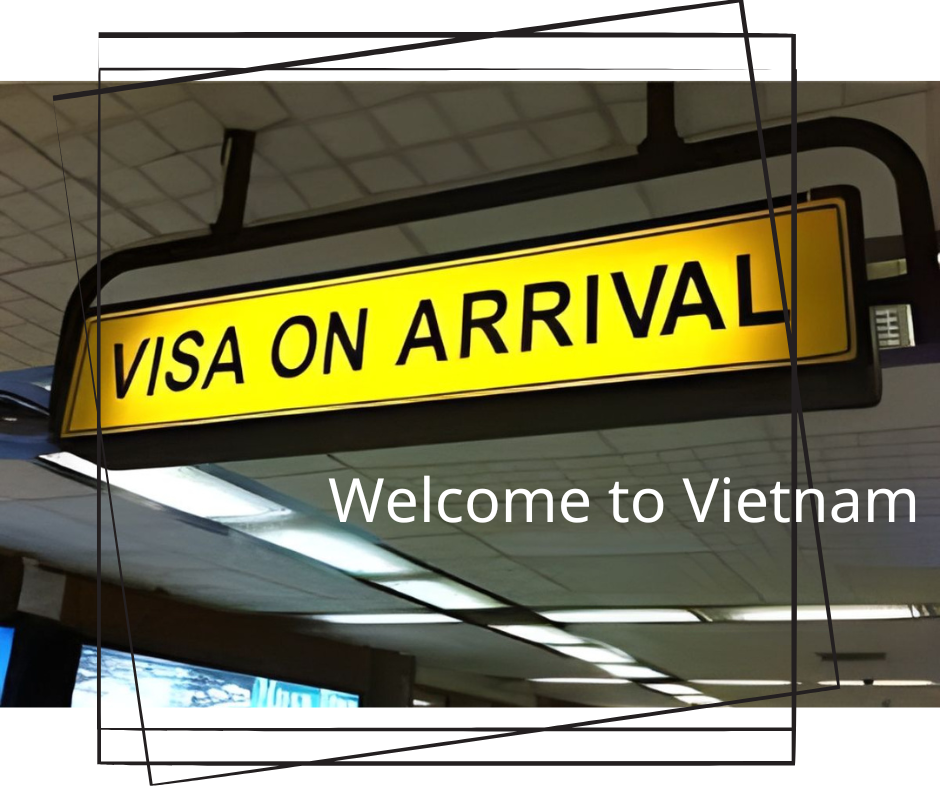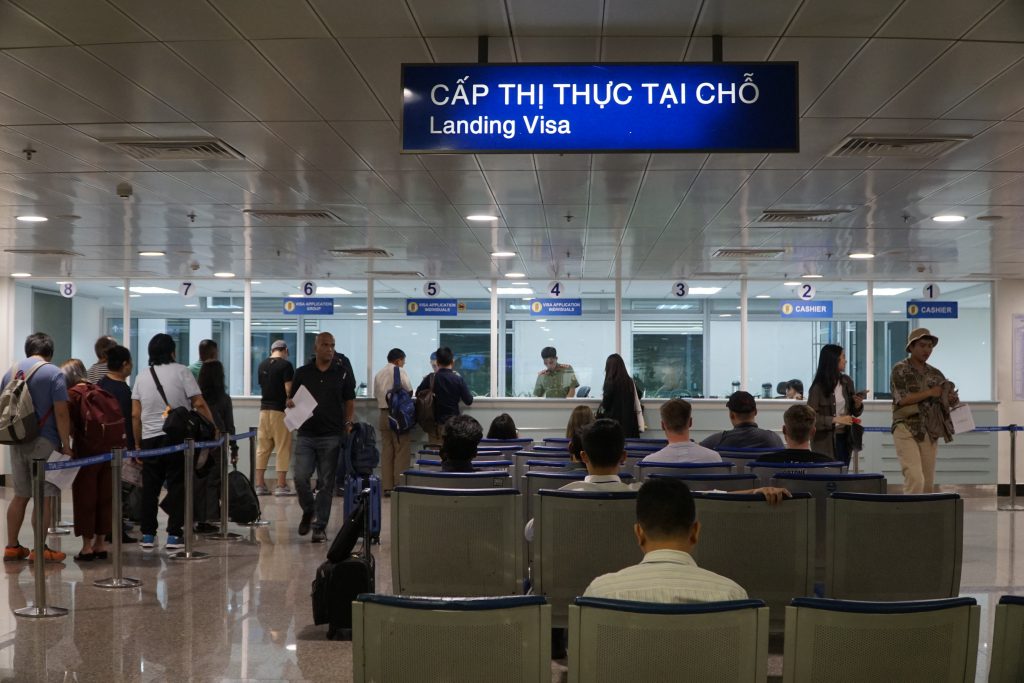
If you’re a New Zealander with Vietnam on your travel radar — whether it’s for a beach holiday in Da Nang, a cultural journey through Hanoi, or a food-fuelled adventure in Ho Chi Minh City — you’ll need to sort your visa before departure. Fortunately, Vietnam offers a traveller-friendly option called the “Landing Visa” (also known as Visa on Arrival), which can be arranged ahead of your trip and collected at the airport. This article outlines everything you need to know to make the process smooth and stress-free.
The Vietnam Landing Visa is a type of short-term visa issued to travellers upon arrival at specific international airports in Vietnam. Unlike a visa-free entry or e-visa, this option requires you to apply for a pre-approval letter before your departure. Once granted, the letter allows you to obtain the visa at the airport once you land.
This type of visa is particularly convenient for citizens of New Zealand, as it removes the need to visit an embassy or consulate. It’s a popular choice among travellers making spontaneous plans or needing a quick visa solution with minimal paperwork. Whether you’re entering Vietnam for leisure, meetings, or even a stopover, the Landing Visa offers flexibility.
That said, not every airport issues Landing Visas, and you’ll need to ensure your documents are correctly prepared in advance. The process is efficient, but only if you meet the outlined requirements and follow the correct procedure.

As a New Zealand citizen, you must present several documents to be eligible for the Landing Visa. First and foremost, your passport must be valid for at least six months from the date of arrival. Without this, you could be denied entry altogether.
In addition, you’ll need two passport-sized photos (4×6 cm, white background is standard), a printed copy of your official visa approval letter, and either a return ticket or proof of onward travel. It’s also essential to carry US dollars in cash to pay the visa stamping fee at the airport — credit cards and New Zealand currency are not accepted.
Another helpful document is the NA1 visa application form, which you can download and fill out in advance to save time at the airport. While the form is available at the visa desk, having it pre-completed will help avoid delays, especially during peak hours.
Vietnam’s Landing Visa is not available at every entry point. If you’re flying in from New Zealand, you must arrive at one of the major international airports that process Landing Visas. These include Noi Bai International Airport in Hanoi, Tan Son Nhat International Airport in Ho Chi Minh City, Da Nang International Airport, Cam Ranh Airport near Nha Trang, and Phu Quoc International Airport.
For those planning to visit only Phu Quoc Island, New Zealanders can stay for up to 30 days visa-free. However, if you intend to travel to mainland Vietnam from Phu Quoc, you’ll still need to apply for a Landing Visa. It’s crucial to organise the correct visa depending on your travel plans to avoid unexpected issues at immigration.
It’s also worth noting that land border crossings and seaports do not accept this visa type. The Landing Visa is exclusively for air arrivals and only through the listed airports.

Start by completing an online application for your visa approval letter through a reliable service like Vietnam Immigration Services. You’ll need to provide passport details, select your visa type (single or multiple entry), and submit the processing fee.
Once submitted, you’ll receive your visa approval letter by email. This typically takes between two to three working days under regular processing, or as fast as a few hours if you opt for express service. Be sure to print out the letter and keep a digital copy just in case.
Before your flight, prepare a folder with all necessary documents: your printed approval letter, passport, photos, completed NA1 form, and cash in USD. Upon landing in Vietnam, head straight to the Visa on Arrival counter and present your paperwork.
After a short wait, your passport will be stamped with the visa, and you can proceed through immigration. The entire process usually takes 15 to 45 minutes, depending on how busy the airport is when you arrive.
Make sure you don’t board your flight without the visa approval letter — this is a common mistake that can result in being denied boarding. Always check your approval letter for accuracy, including your name and passport number, to avoid delays on arrival.
Bring USD in small denominations for the stamping fee, as change might not be available, and card payments are not accepted. If you’re travelling with young kids, elderly parents, or simply want to avoid long lines, you can book a Fast Track service to speed up the visa process at the airport.
It’s also a good idea to arrive during daytime hours when processing is typically quicker and more staff are available. Planning ahead will help ensure a stress-free arrival in Vietnam.

Though you can manage the approval letter yourself, many New Zealand travellers prefer the ease of using a professional visa support provider like Vietnam Immigration Services. These services specialise in helping tourists avoid paperwork errors and ensure fast, reliable processing.
Using a trusted provider gives you access to 24/7 customer support, fast-track visa processing (as quick as two hours), and full instructions in plain English. Many services also offer a money-back guarantee if the visa isn’t approved on time, which is an added layer of assurance when you’re planning a trip abroad.
With over 15 years of experience and thousands of successful visa applications processed, these services are especially useful for first-time travellers or those with tight timelines.
If you’re travelling from New Zealand and want a convenient, low-stress way to enter Vietnam, the Landing Visa is an excellent option. With simple online steps and minimal paperwork, it’s a traveller-friendly process that can be completed quickly and affordably. By preparing ahead and choosing professional support when needed, you’ll be ready to start your Vietnam journey smoothly and confidently.

